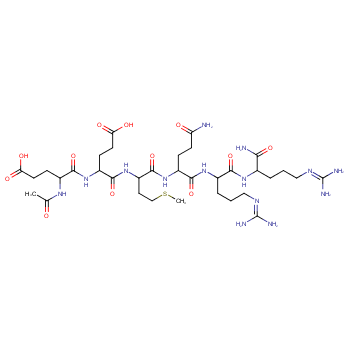 |
Most of us know that Argireline prevents the formation of expression wrinkles by somehow inhibiting muscle movement. For this reason, it is sometimes called Botox in a jar. But, in fact, they work very differently.

Argireline is well know, innovative anti-aging product used in the cosmetic market. This short chain peptide is used as active ingredient in dermal ointment and creams. Argireline prevents formation of skin lines and wrinkles in a very similar way to the botulinum toxin (Botox), inhibiting neurotransmitter release at the neuromuscular junction. Argireline does not require under skin muscle injections and it is believed to be relatively safe.
However, despite the fact that some toxicity data has been provided by the product manufacturer, there is an evident lack of reliable information about cytotoxicity of argireline in the literature. The aim of the presented study was to estimate the antiproliferation effect of argireline solution in several concentrations.
The influence of argireline on cellular proliferation was examined against: human embryonic kidney HEK-293 cell line, human neuroblastoma IMR-32 cell line, and human primary skin fibroblasts. Tests were performed using formazan-based cell proliferation assay: EZ4U, which allows to measure the efficiency of mitochondrial oxidative activity in living cells. The argireline inhibitory concentration, IC50 values were calculated and the results were compared to the IC50 value of the reference compound: doxorubicin. In conclusion, the considered method resulted in dose-dependent argireline anti-proliferation effects. However, the significant cytotoxicity of argireline solution was observed under 18 to 10 000 fold higher concentrations (depending on cells that were examined) in comparison to doxorubicin.
 |